The dark past of one of the major hubs of the city was the infamous walled city of Kowloon. It became a city within a city. A haven for criminals and debauchery. Dog meat restaurants, small toy factories, drug dens, and brothels, even unlicensed dentists. All flourished in the chaos. It was demolished in March of 1993, says Suveera, in the weekly column, exclusively for Different Truths.
Hong Kong, the beautiful, ultra-modern skyscraper studded city. The tallest city in the world with posh shopping complexes and breathtaking views. It would be difficult to believe the dark past of one of the major hubs of the city. The infamous walled city of Kowloon. A thriving hive of interconnected buildings, running with very little outside governance. The most densely populated place on earth, with close to 40,000 people crammed into 6.4 acres of land, size of two rugby fields. It was known as the lawless slum to some, while some others called it the drug haven, full of opium parlours and gambling dens, run by the triads. However, it was also home for some. It was these people who defended it until the very end until it was demolished in March of 1993.
It was a place where even the police and lawmakers feared to tread, not wanting to disrupt the order of the anarchy.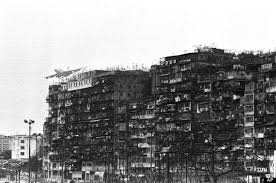
The walled city was originally used as a military fort to house the soldiers of the Sung dynasty. Later on, in the 19th century, it was expanded into a cantonment with residences for the soldiers and their families.
It was a disputed area between the Chinese and the British, with China claiming jurisdiction over it. It was, in fact, the only area of Hong Kong that China was unwilling to give away to the British. However, the governance was disputed, hence it became the hotbed of criminality and misrule.
It was only in December of 1899, that the British finally took control over the infamous city, and extended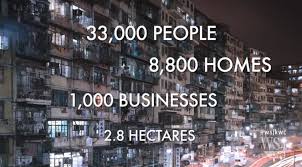 their jurisdiction to include it under their rule. However, the Dominion was only on paper. Crime and lawlessness flourished and the city grew like a monster. From the initial squatter camps, proper buildings emerged. Soon it was home to 40,000 people, growing fast.
their jurisdiction to include it under their rule. However, the Dominion was only on paper. Crime and lawlessness flourished and the city grew like a monster. From the initial squatter camps, proper buildings emerged. Soon it was home to 40,000 people, growing fast.
It became the place of choice for Chinese refugees, with low rents and no said rules or visas. It was ignored by the authorities for a long time, for fear of harming the Sino-British relations. It was largely governed by the triads.
It became a city within a city. A haven for criminals and debauchery. Dog meat restaurants, small toy factories, drug dens, and brothels, even unlicensed dentists. All flourished in the chaos.
They say that in difficult situations, the best of friendships emerge. It was true even for the people in the walled city. However notorious it might be to outsiders, the residents claimed to have close-knit relations. The adverse living conditions, the dingy windowless houses, connected by a maze of damp, dark corridors, somehow left them connected. Like partners in misfortune, with a shared trauma. They were all residents of a unique city, suffering from complete neglect from the rest of the world.
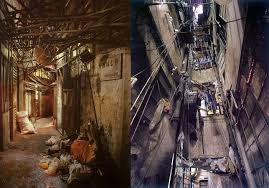 By March of 1993, the Kowloon walled city had become too big an embarrassment for the rest of Hong Kong. It was decided to demolish the city and the crime and culture that it nurtured. Many of the residents were unhappy and there were marked protests. People did not want to give up on the place they called home, even as it was an eyesore for the rest of the world. It was demolished to make way for The Hong Kong walled City Park. The walled city does not exist anymore in brick and mortar, but the shadows of its colonial conception can be felt.
By March of 1993, the Kowloon walled city had become too big an embarrassment for the rest of Hong Kong. It was decided to demolish the city and the crime and culture that it nurtured. Many of the residents were unhappy and there were marked protests. People did not want to give up on the place they called home, even as it was an eyesore for the rest of the world. It was demolished to make way for The Hong Kong walled City Park. The walled city does not exist anymore in brick and mortar, but the shadows of its colonial conception can be felt.
In my five years in Hong Kong, I still have not visited the park. It is not much advertised, and it seems to be hidden like a part of history one is not too proud of. The park still displays a model of the walled city, as a remembrance of its past. The city was demolished three decades ago, now lives on in the memories of people, movies and books, and now this Park.
©Suveera Sharma
Photos sourced from the author from the Internet
#HongKongDiary #Memories #Crime #TheChineseAndTheBritish #DrugDens #Brothels #Kowloon #HongKong #HKGirl #Hongkong #LivingInHongKong #HongKongLife ##hk #honkongblogger #hkgirl #hkonline #hkstories #lifeinhk #DifferentTruths

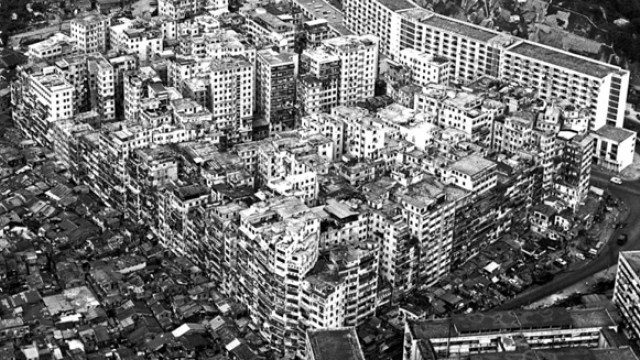
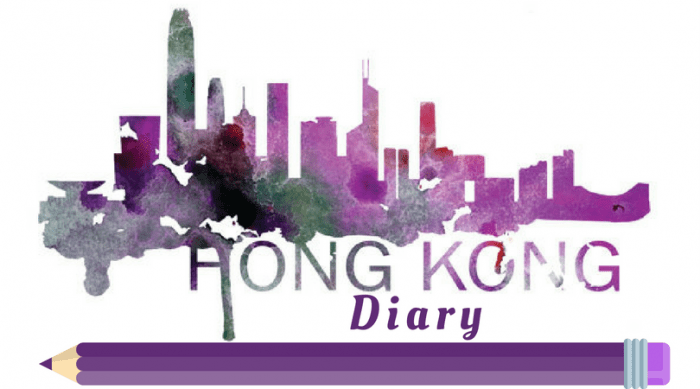
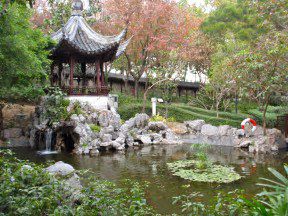
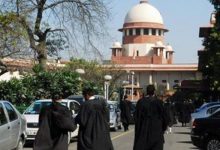
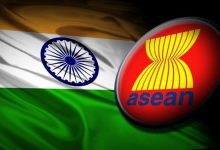

 By
By
 By
By
 By
By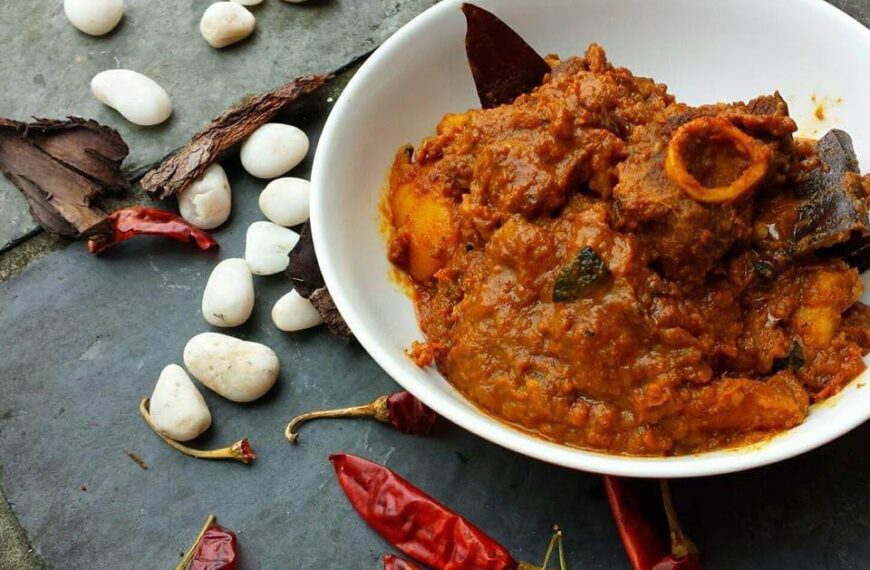
Interesting read about the past of the city.
Impressive and informative article. Gives us an understanding of the city’s history. Very nicely written, covering various aspects at play in the past and present.